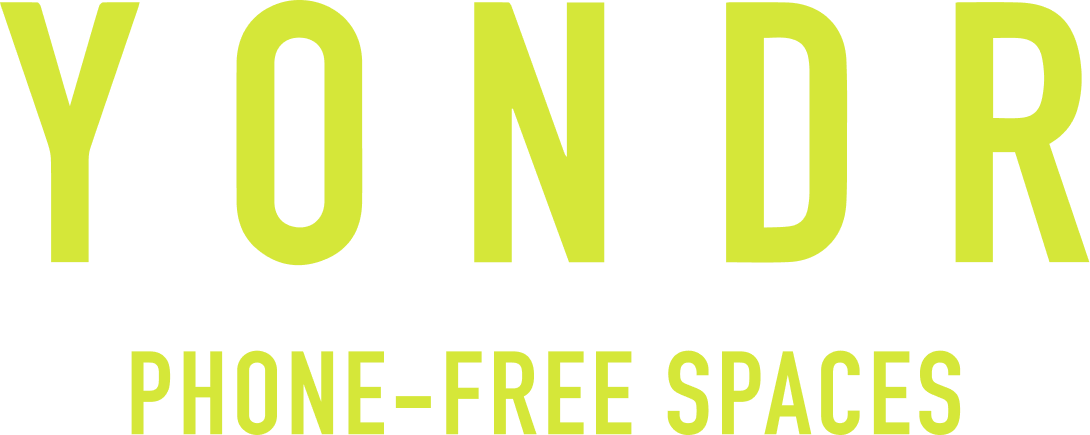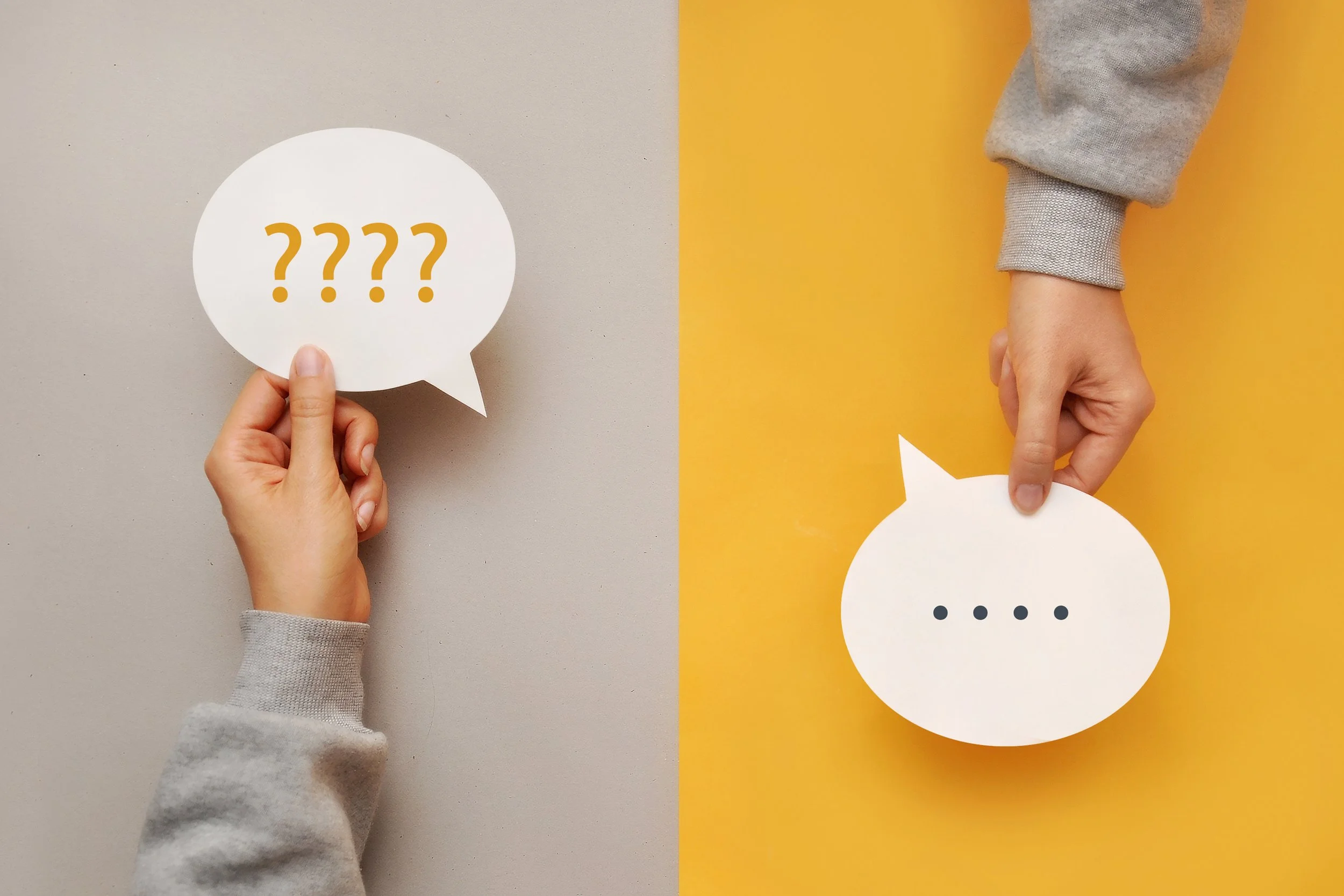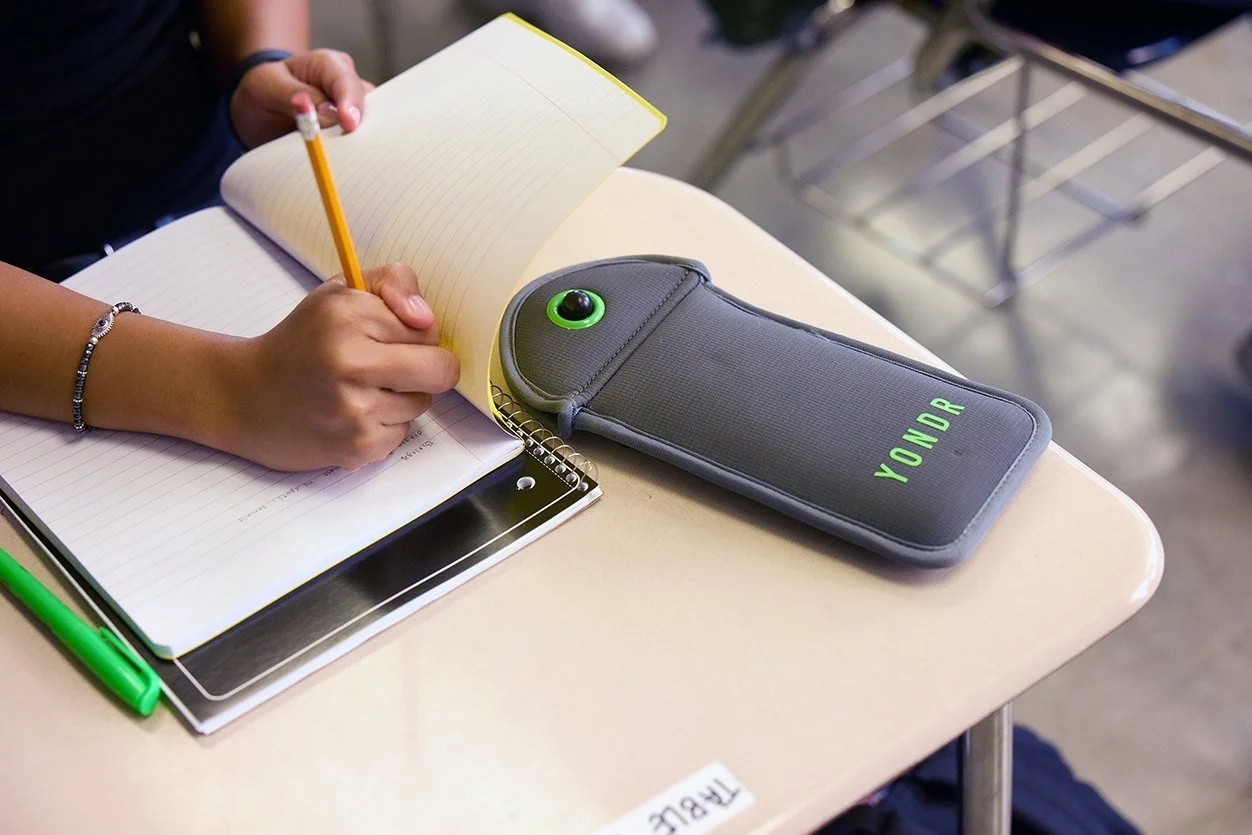Phone-Free Schools: New York’s Bell-to-Bell Law
New York’s Bell-to-Bell Mandate—With a Fast Deadline
New York is now one of the largest states in the nation to mandate bell-to-bell cellphone restrictions in all public K–12 schools. And now, the state has released final implementation guidance—backed by funding and a fast-approaching deadline. This post was just updated with everything you need to know, including:
How much funding your district qualifies for
What forms to submit—and where
How current Yondr partners can access funding, too
Every district serving grades 7–12 is eligible. Scroll for full details—or get in touch now to meet the August 1 deadline.
Submission Deadline: August 1, 2025
To receive state funds, public districts, BOCES, and charter schools serving grades 7–12 must complete two short submissions through the SED Monitoring and Vendor Performance System:
Upload Your Policy URL (Form name: Cell Phone Plan)
Submit Funding Attestation Form (Form name: Cell Phone Use of Funds Attestation)
• Simply check how you plan to use the funds
• No approval process—submission = payment
• Takes less than 10 minutes total
Funds will be issued by August 29, 2025. View the full submission guidance here →
Who is Funding Eligible?
Schools with students in grades 7–12 are eligible. Funding will be based on 2023–24 enrollment. See your district’s award amount →
Funds may be used for:
Lockable phone storage (e.g., pouches)
Policy development and training
Family communication and outreach
Translation and language access
Student education on responsible tech use
Note: Existing partners are eligible to use these funds—even for replacement pouches or unlocking bases.
What New York Schools Must Do by Fall 2025
All public schools—including charters and BOCES—must enforce a Distraction-Free Schools policy starting Fall 2025. Requirements include:
Core Requirements:
Ban Internet-Enabled Devices Bell to Bell
Smartphones, smartwatches, tablets, and other personal internet-connected devices must be off and out of sight all day—including recess, lunch, and passing periods.
Provide On-Site Storage
Devices must be stored in a way that prevents student access during the school day. Backpacks are not compliant. Approved options include lockers or secure locking systems like pouches.Ensure Communication Access
Districts must establish and publish a way for parents/guardians to contact students during the day.Develop a Clear Enforcement Plan
Must avoid suspensions and include:Demographic data reporting on violations
An equity analysis
A mitigation plan if disparities exist (Required beginning September 2026)
Communicate the Policy
Must be clearly posted online and available in the top 12 non-English languages spoken in the state upon request.
Additional Guidelines:
District Autonomy: Schools define their own enforcement plans and storage methods
Instructional Device Use: Still allowed at teacher discretion
Exemptions Allowed For:
Students with IEPs/504 plans
Medical needs (e.g., diabetes monitoring)
Translation or caregiving duties
Emergency situations (Must be clearly outlined in policy)
Implementation Resources
Looking to craft a compliant phone-free policy that meets New York’s new law? These official resources can help!
State Implementation Resources: Detailed guidance from the Governor’s Office on requirements, reporting expectations, and enforcement.
Policy FAQs: Answers to common questions about what qualifies as compliant storage, allowable exemptions, and more.
NYSUT Policy Toolkit: A robust set of tools and sample policies from the New York State United Teachers union, including implementation tips and educator-focused support.
Early Results from New York Schools
New York schools that have partnered with Yondr to go phone-free are witnessing transformative results that emerged almost immediately. Students have experienced significant improvements in mental health and classroom engagement, while teachers have reported stronger peer connections and increased time to dedicate to actual instruction.
-
“We noticed that on day one of implementation with Yondr three years ago, our students began to engage socially and academically in the classrooms. You saw a transformation.”
—Dave Blanchard, Superintendent
“I think it's one of the best initiatives that we've undertaken in my 19 years here.”
—Jen McClure, Teacher
-
After the Bronx-based high school restricted smartphone use, AP test scores rose, grades bounced back to pre-pandemic levels, and student attendance at extracurricular events increased by 50%.
“Some students even privately thanked me. It made it easier for them to focus.”
—Monica Samuels, Principal
-
Educators saw classroom engagement rise and social interaction increase as students replaced screen time with card games and conversation.
“When you would actually speak to them, you had their attention.” —Kate Sinnott, Math Teacher
State-wide Student Benefits
Through the Yondr Phone-Free Schools Program, students receive a meaningful 6–8 hour daily opportunity to step away from screen-based distractions to reconnect with their learning environment, improve their mental health, and boost their engagement.
86% of educators noted a positive impact on safety and wellness
84% saw increased student engagement
68% observed improvement in academic performance
Supporting Teachers Starts with Supporting the Classroom
Better classroom management doesn’t just serve students—it helps teachers do their job best.
When devices are banned during the academic day, educators note decreased anxiety, greater lesson time, and fewer behavioral interruptions. Throughout New York and nationwide, phone-free initiatives are transforming classrooms into more manageable—and more fulfilling—environments for all.
Recent findings show:
A pilot study from Auburn University found that teachers in a phone-free middle school reported increased social interaction among students and said the new environment made their work more meaningful and sustainable (Auburn University).
Research from Western Kentucky University found that the majority of teachers reported being distracted by students using their phones during class, impacting their ability to teach effectively (Western Kentucky University).
A 2024 Pew Research Center report cited by the NEA showed that 90% of teachers support banning phones during instructional time, with many linking phone use to increased teacher frustration and burnout (NEA.org).
As more New York districts prepare to implement this policy, it presents a valuable opportunity to not only refocus students, but to support and re-inspire the teachers who serve them each day.
How Yondr Can Help New York Schools Lead
With the August 1 deadline fast approaching, Yondr’s Phone-Free Schools Program helps New York districts move fast—while getting it right.
Our simple, proven system aligns with the state’s bell-to-bell requirements, empowering schools to meet compliance and create focused, supportive learning environments. The Yondr Program is:
Compliant with state storage and policy mandates
Customizable to meet your school’s unique needs
Turnkey—built for fast rollout and long-term success
We provide:
Customized policy development tailored to your district’s goals
Hands-on onboarding for staff, students, and families
Secure, durable pouches that restrict access—but not ownership
Reliable unlocking tools that support daily logistics
Ongoing implementation support and training
Join the growing number of New York schools using Yondr to create safe, focused, and future-ready learning environments.
WANT TO JOIN OUR GLOBAL
COMMUNITY OF PHONE-FREE SCHOOLS?
To learn more about the Yondr Program, click below to request a free demo or consultation.
Yondr has offices in California, New York, Minnesota, London, and Sydney.




